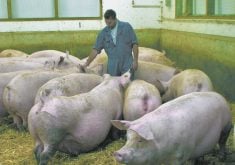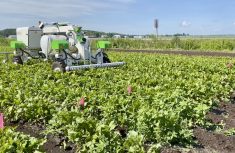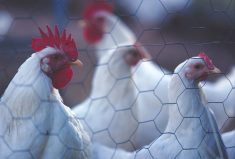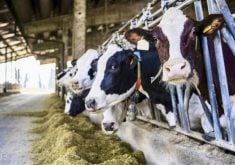Research into robotic dairy barns shows that improvements in nutrition, management, housing, and herd demographics benefit both cows and producers.
Robert Matson, a Wallenstein Feed and Supply Ltd. ruminant nutritionist, shared findings from a 2018 study involving 197 automated milking systems (AMS), including 75 in Ontario, during Grey Bruce Farmers’ Week Dairy Day last month.
Why it matters: Robot success is a combination of AMS-specific issues such as how many cows are using the robot voluntarily and non-AMS-specific issues, like stall design and bedding, that impact the overall efficiency of a dairy farm.
Read Also
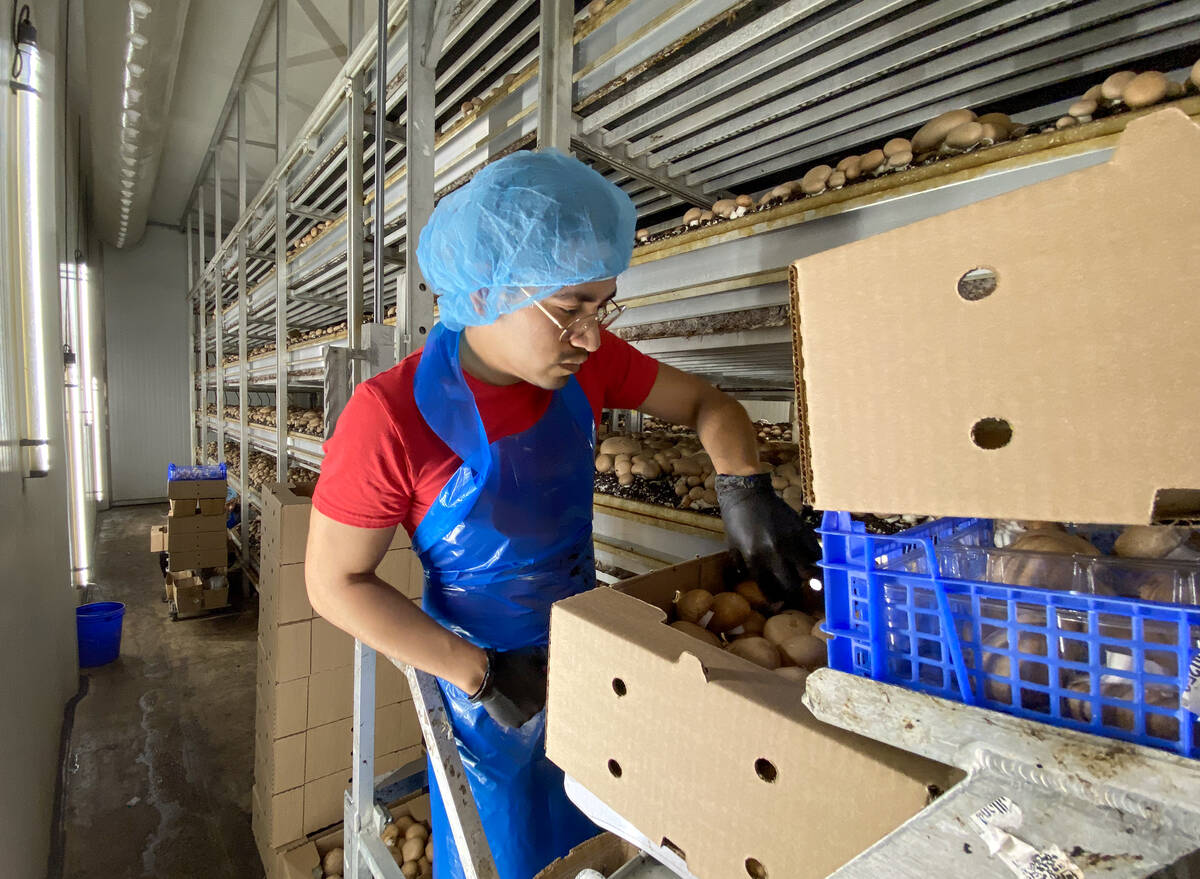
Ontario’s other economic engine: agriculture and food
Ontario Federation of Agriculture president, Drew Spoelstra, says Ontario’s agriculture and agri-food sector should be recognized for its stability and economic driving force.
Matson said managing cow comfort through bedding, ventilation, proper nutrition, increased bunk space and higher frequency of food push-ups are simple adjustments for increased production and decreased lameness.
The study showed a 1.7 per cent decrease in clinical lameness for every 10-centimetre increase in feed bunk space and a 9.3 per cent reduction with the use of sand bedding over organic bedding sources.
“It’s the under-conditioned cows that are contributing to a clinical lameness prevalence,” said Matson. “But your clinical lameness prevalence is also in your most under-conditioned cows, so it is a vicious cycle.”
For every one per cent of under-conditioned cows, there were 1.2 times greater odds of a severely lame cow, so body condition must be monitored and managed to reduce lameness prevalence.
Similarly, the study revealed for every one-cm increase in curb height, the odds of having severely lame cows climbed by 1.2 times.
“I’m not saying that you have to go out and remove the curbs because there’s definitely a good part that keeps the bedding in and provides you with an area that you can maintain,” he said. “But I am saying those 30 centimetres plus curbs in some barns aren’t the best for cows to be walking up all the time.”
New builds provide an opportunity to scrutinize herd management against building specifications to ensure optimal production and health, and minimize potential herd lameness.
“By increasing the amount of space cows have to access the bunkers, there’s going to be less competition . . . to carry out their normal everyday activities,” said Matson. “We allow them to one, get the most dry-matter intake they can, and two, prevent that competition of one cow beating on another and then causing her to potentially become lame.”
Matson’s study revealed that increasing feed bunk space by 10 cm to minimize competition (for example, from 64 to 74 cm) provided a 0.3 kg milk/cow increase. Additionally, increased feed push-up frequency helped performance by increasing milk per cow by 0.35 kg with every five feed-pushes a day.
The research showed increased milk yield per cow per day and kilos per day with increased feed frequency.
Most automatic systems push feed an average of 12.8 times per day, but with every five increased push-ups, he said there was a 0.35 kg milk increase per cow.
“It adds up pretty quickly when you start considering those one to two pushes per day and the associated increase you get by moving up,” he said. “You can talk to nutritionists across the province of Ontario, and most of us will be happy to say we would love to have a feed pusher on every farm that needs it.”
When a robot hits 55 to 60 cow capacity, its free time shrinks, and it can’t accommodate all the cows at peak milking times. By minimizing the number of cows per robot, stress is lowered. Matson said the study showed a 0.15 milkings per-day increase with every 10-cow reduction per robot. Counterintuitive to what Matson expected, an increase in alley cleaning was associated with a 0.07 milking increase for every five cleanings.
The alley cleaning plays into the rhythm of the cow and provides a prompt or reminder that it’s time to go to the milker, said Matson.
Previous studies in 1998 and 2000 suggested cows are more motivated by feed than relieving udder pressure; therefore, additional AMS concentration doesn’t equate to increased visits when cows receive partially mixed rations. Alternatively, providing less could result in more potential fetch cows and lower milking frequencies.
Optimizing the stability and quality of pellets is as essential as formulating dietary nutrients and ingredients to meet the cow’s needs, said Matson.
Barley, an excellent binder for pellets, appeals to a cow’s high drive to eat and has been shown to increase milking compared to steamed flakes.
Matson said that a pelleted feed source allows a cow to consume more in a shorter period and decreases box time, which is the future frontier of robotic milking.
“That’s how we can help the nutrition side of things perform to their best capacity by making sure that we have all the technology and all the good management practices in place,” said Matson. “It’s really important for establishing traffic and getting the milk yield you want out of your cow.”
The study delved into milk yield per cow using mechanical ventilation versus natural ventilation alone from April to August. While there were increased yields associated with mechanical ventilation, it wasn’t statistically significant.
“There is an associated benefit of having some form of ventilation to the barn, especially during the summer months,” Matson said, adding cow comfort is critical in AMS because it drives the entire system and milk yield in the summer.
“It’s not surprising that everything works in concert in a robot farm,” he said, adding ventilation is needed to keep cows cool all year round, remove any odours and move fresh air through the barn.
Matson touched briefly on contributing factors to keeping somatic cell low in the herd by keeping cows cool, dry and clean. The study showed that sand bedding was associated with a 36,744 cells per millilitre (cells/mL) drop in somatic cell count, every five alley cleans a day showed a 7,012 cells/mL decline and every 30 cm increase in lying alley width produced a 10,414 cells/mL drop.
“There is some capacity for you to use management practices to keep that (somatic cell) number low,” he said.




